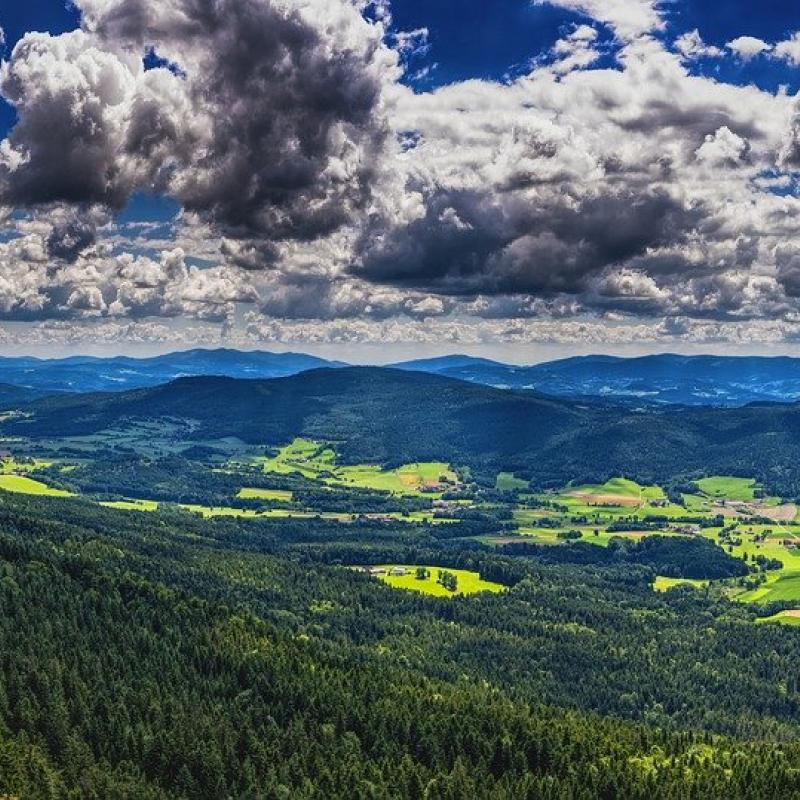Exploring the Link Between Vegetation Land Cover Classes and Airborne Thermal Hyperspectral Data in Mixed Temperate Forest

• A suitable candidate would be interested in thermal infrared remote sensing and quantification of the ECVs (Essential climate variables)
• Fieldwork is not necessary; however, possible field visit can be discussed by the supervisor if the student is interested.
Thermal remote sensing is a type of passive remote sensing since that detects naturally emitted radiation. Most thermal remote sensing for vegetation conducted in the 8-14 μm wavelengths. Recent studies have shown the potential for thermal hyperspectral data to distinguish plant species at the laboratory level. However, the potential of canopy emissivity spectra obtained using an airborne thermal hyperspectral sensor has barely been studied for vegetation cover classification. The use of airborne thermal Infrared hyperspectral data allows further investigation of the linkages between canopy emissivity spectra and different vegetation land cover classes.
The aim of this study is to examine the relationship between various vegetation land cover classes and thermal infrared data obtained from high-resolution airborne thermal hyperspectral imagery in a mixed temperate forest in Germany. The airborne data was obtained during a field campaign in July 2017 from the Bavarian Forest National Park. The student will utilize available land cover maps and become familiar with pre-processing of airborne thermal hyperspectral data. Various methods, such as multivariate models and machine learning approaches, will be researched in order to understand the link between different vegetation classes and thermal hyperspectral data.
Neinavaz, E., Skidmore, A. K., Darvishzadeh, R., & Groen, T. A. (2016). Retrieval of leaf area index in different plant species using thermal hyperspectral data. ISPRS journal of photogrammetry and remote sensing, 119, 390-401.
